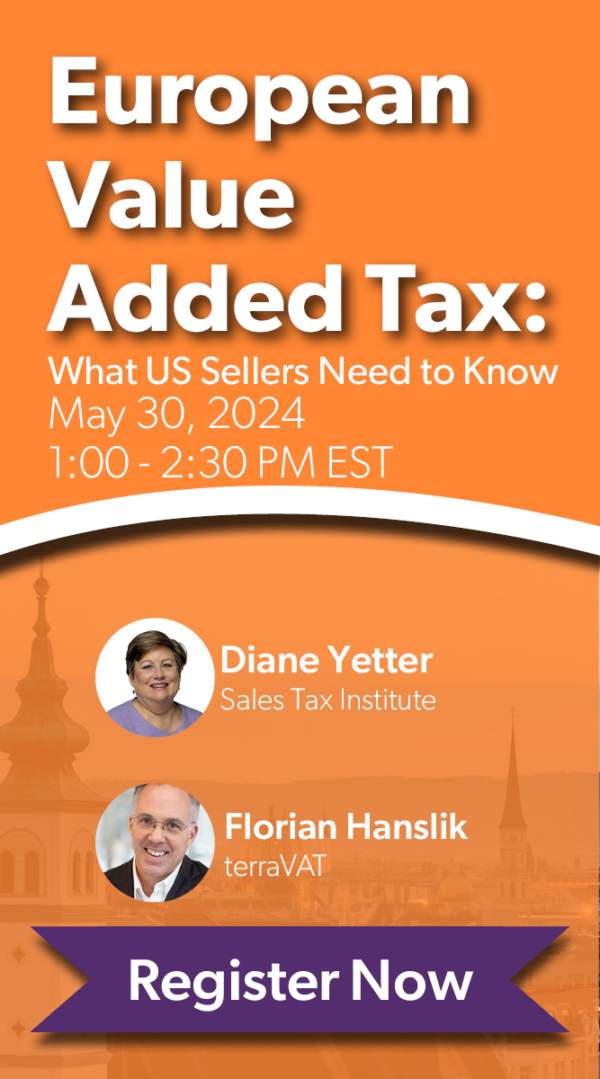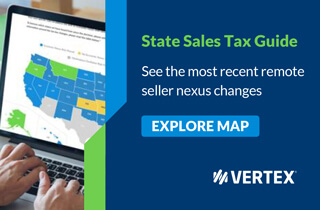Why doesn’t the out-of-state retailer collect the tax?
To be required to collect sales tax, an out-of-state retailer must first establish nexus (connection) with a state. Companies can establish nexus in many ways, from having a physical location in a state to engaging in temporary activities in a state such as attending a tradeshow. Many companies have established nexus in other states even if they don’t have a store or an office location.
Out-of-state retailers can also establish nexus in a state by exceeding set level of sales transactions or gross receipts activity (a threshold) within the state – this is called economic nexus. Economic nexus was the central issue in the United States Supreme Court case, South Dakota v. Wayfair. On June 21, 2018, the U.S. Supreme Court ruled in favor of South Dakota and overruled the traditional physical presence rule as a necessary requirement to impose sales tax and collection requirements on an out-of-state retailer established in earlier court rulings. States now have the right to require tax collection from online retailers and other out-of-state retailers with no physical presence in their state if they meet certain economic thresholds. If an out-of-state retailer exceeds the threshold in a state with economic nexus legislation, they are required to register with the state and begin collecting tax.
For more information on how a company can establish nexus in a state, visit our What is Nexus? FAQ. For more information about economic nexus and requirements for out-of-state sellers in wake of the Wayfair decision, visit our Remote Seller Resources page, our Remote Seller Nexus Chart, and our Economic Nexus State Guide.
If an out-of-state retailer does not have nexus and thus does not collect the sales tax, it does not mean the purchase is not subject to tax. Purchases made online are generally not exempt from tax. If the retailer does not collect the sales tax, the purchaser has the obligation to pay the use tax directly to the state where the property is used as long as the item is taxable.
Use tax is defined as a tax on the storage, use, or consumption of a taxable item or service on which no sales tax has been paid. Use tax is a complimentary tax to the sales tax and does not apply if sales tax was charged.
There are two types of use taxes – Consumer Use Tax and Vendor/Retailer Use Tax. For more information visit our What is the Difference between Sales Tax and Use Tax? FAQ. Consumer Use Tax is a tax on the purchaser and is self-assessed by the purchaser on taxable items purchased where the vendor did not collect either a sales or vendor use tax. The purchaser remits this tax directly to the taxing jurisdiction. Many states now include a line on the individual income tax return to facilitate the reporting of the use tax.
Vendor or Retailer Use Tax applies to sales made by a vendor to a customer located outside the vendor’s state or sales in interstate commerce if the vendor is registered in the state of delivery. This is the tax that a retailer outside the customer’s state typically is collecting.
Some states have enacted notice and reporting requirements, which are responsibilities an out-of-state retailer might have if they make sales into a state but don’t meet any nexus requirements. Notice and reporting requirements say that a retailer cannot advertise, promote, or otherwise communicate that no tax is due simply because the retailer does not have nexus in the state. On every invoice, the retailer must put a statement that tells the customer that they didn’t collect tax because they do not have nexus but that the customer owes use tax to the state. At the end of the year, the retailer must send every customer a statement of purchase totals and remind them of their use tax obligation. The retailer is also required to send a list of their customers and purchase totals to the state, so the state can better ensure use tax collection. To see which states have enacted notice and reporting requirements, visit our Remote Seller Nexus Chart.
Looking for more information? Check out the following resources:
- Learn about nexus and other important concepts with our Sales Tax 101 on-demand webinar.
- Download our Nexus After Wayfair – What You Need to Know whitepaper.
- Visit our Remote Seller Nexus Chart to see which states have enacted remote seller nexus legislation.
- Check out our Economic Nexus State Guide for a detailed chart of economic nexus rules across the states.
- Visit our Remote Seller Resources page for state notices affecting out-of-state retailers, helpful articles, videos, and more.


